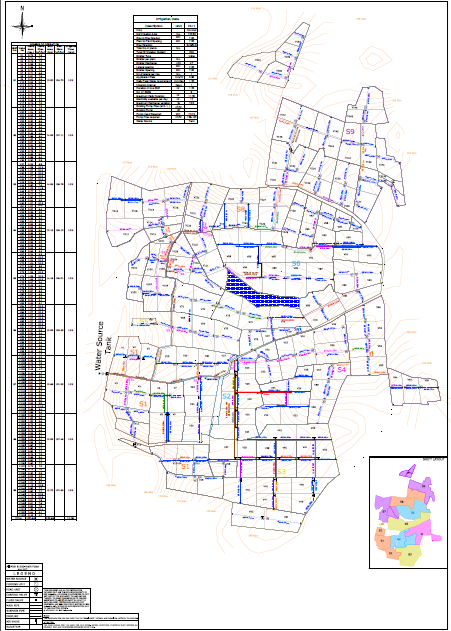It is necessary to design a suitable and economically viable system to deliver a predefined amount of water at the root zone of each plant at regular intervals. This is to ensure that the plants do not suffer from stress or strain of less and over watering. A totally customized, efficient, and long-life system ensures saving in water, early maturity, and a bountiful harvest,
Effective design should be reflected in its operation as far as flow variation is concerned. There should be minimum variation in the emission of drippers. Overall irrigation efficiency should be more than 90 %.
